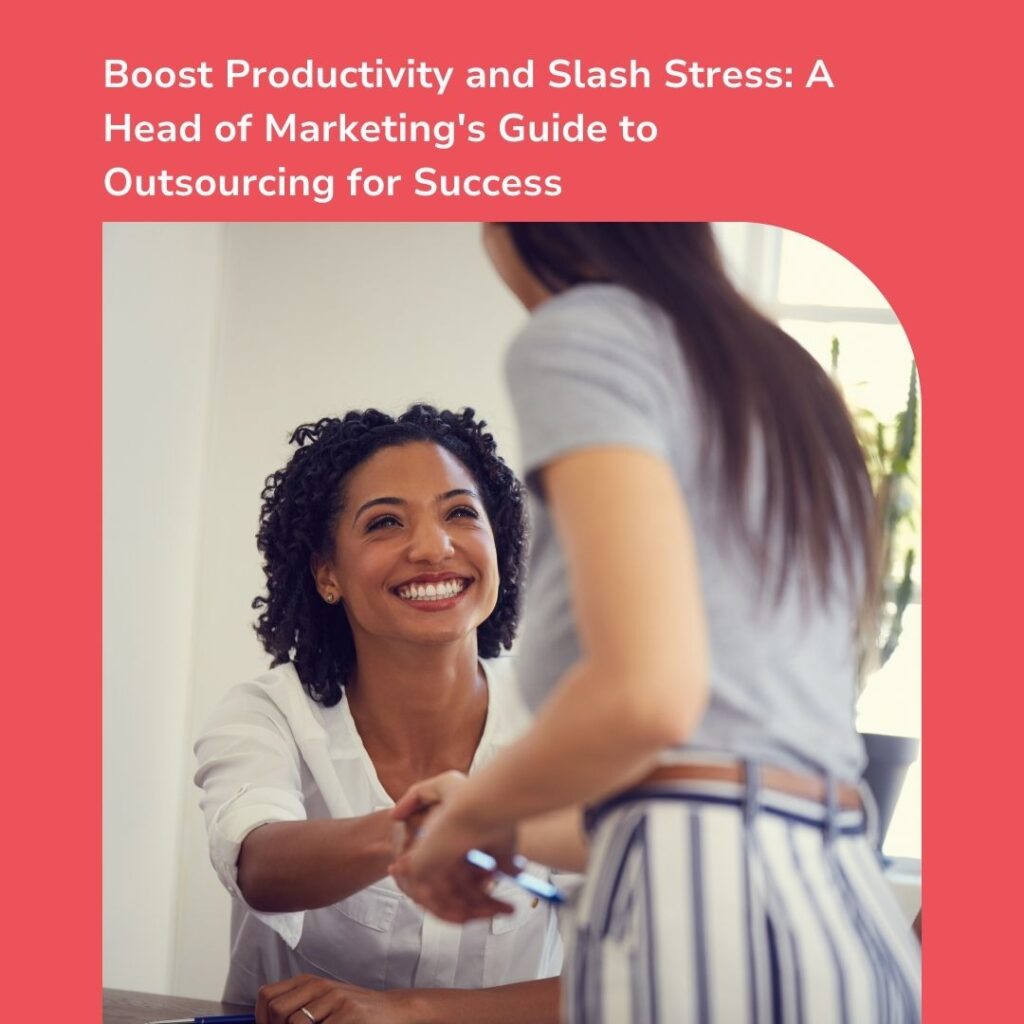No one can predict the future, which is why it’s so important to have a contingency plan in place for your marketing efforts.
What will you do if something unexpected happens? How will you react if your marketing campaign fails?
By planning for the worst, you can ensure that your business doesn’t suffer any major setbacks in the event of an emergency.
In this blog post, we’ll discuss some tips for creating a contingency plan for your marketing campaigns.
What does Contingency Plan in Marketing Mean?
Contingency planning in general refers to a business’s preparation for worst-case scenarios.
When it comes to marketing, contingency planning is about having a plan in place for what you will do if your initial strategy does not work out as expected. This could include preparing backup campaigns or strategies to use if the main one fails and setting aside money to fund new initiatives in the event that something goes wrong.
In the event of an unforeseen crisis, whether it be a natural disaster or terrorist attack, organisations must have a Marketing Contingency Plan in place to ensure that all stakeholders are thoroughly informed and appropriate steps are taken.
This document outlines exactly what needs to be done should such events occur so you can confidently react accordingly with minimal effect on your organisation.
Why Is Contingency Planning Important in Marketing?
Contingency planning is important in marketing because of the following reasons:
Reduces Risk: Having a contingency plan in place reduces the risk of your marketing campaigns failing. By having alternate plans and strategies ready to go, you can be prepared for any situation that may arise.
Saves Time & Money: Planning ahead can save you time and money by avoiding costly mistakes and delays caused by unpreparedness.
Increases Efficiency: Having a contingency plan can help you stay organised and efficient by ensuring that everyone is prepared for any eventuality.
Brings Clarity: A well-thought-out contingency plan brings clarity to your team and shows your commitment to success. This can help motivate your team to work harder towards achieving their goals.
Protects Your Brand: In the event of a marketing disaster, having a contingency plan in place can help protect your brand and minimise any damage to your reputation. Thus, protecting your brand with a contingency plan is smart planning.
Possible Contingencies to be Aware of in Marketing
When planning out your contingency plan, it’s important to consider the possible worst-case scenarios that could occur. Here are some of the most common contingencies you should prepare for:
Poor Responses/Sales: Sometimes, campaigns just don’t resonate with audiences. If this happens, you’ll need to be prepared to switch up your strategy and try something new.
Budget Cuts: If money gets tight, you will need to have a plan in place for how you can continue marketing with less capital.
Natural Disasters/Other Emergencies: In the event of a natural disaster or other emergency, it’s important to have a plan in place for how to keep your marketing efforts going.
Changes in the Marketplace: It’s important to be prepared for changes in the marketplace and adjust your strategy accordingly. For example, when COVID-19 hit, many businesses had to quickly pivot their strategies in order to stay afloat.
By having a contingency plan in place, you can protect your business from any unexpected surprises that may come up.
Components of a Marketing Contingency Plan
A marketing contingency plan consists of 4 parts.
Let’s consider COVID-19 as an example:
Risk
The first step is to identify and assess the risks associated with your marketing campaigns. This will help you determine which scenarios you should prepare for in advance. Anything from natural disasters to changes in the marketplace should be taken into consideration.
So if COVID-19 had occurred, you would want to assess the risks associated with marketing in a pandemic.
Impact
The next step is to consider the potential impact of each risk. This will help you decide how much time, money, and resources should be allocated to preparing for these contingencies.
So the impact of COVID-19 in marketing might have included changes in consumer behaviour, reduced budget capacity, and a decrease in demand for certain products and services.
Risk Management
Once you have identified the potential risks and their impacts, you can begin to prepare for each of them. This could include developing alternate campaign strategies, updating internal processes to accommodate changes in consumer behaviour or budget constraints, and increasing customer service resources to deal with any unexpected issues.
Planning
Finally, you should develop an action plan to ensure your contingency strategy is implemented properly. This could include setting deadlines and assigning tasks to team members.
By having a thorough marketing contingency plan in place, you can be prepared for anything that comes your way.
How to Create a Contingency Plan for Your Marketing Campaigns
Creating a contingency plan for your marketing campaigns is essential, as it prepares you for any unexpected events and helps you stay on track with your objectives.
Here are some tips for creating an effective contingency plan:
Identify Potential Risk Factors
Before you start creating your contingency plan, it’s important to identify potential risk factors and consider the worst-case scenarios that could arise. This will help you create a more comprehensive list of strategies for addressing these issues.
Consider your current marketing strategies, the current market situation, and any potential changes that could occur.
Create an Action Plan
Once you have identified the risk factors, it’s time to create a plan of action. Think about what you would do if one of these risks were to occur, who will be responsible for what tasks, and how much money you will need to allocate for this plan.
When creating your marketing contingency plan, it is also essential to include a stakeholder mapping that accounts for both internal and external stakeholders.
Set Aside a Contingency Fund
It’s important to set aside a contingency fund that can be used in the event of an emergency or if something goes wrong. This can help alleviate some of the stress associated with unexpected costs and help ensure you have enough resources to address any potential issues.
Test & Refine Your Plan
Once you have created your plan, it’s important to test and refine it. Have your team brainstorm possible scenarios and think about ways to address them. This will help you create a more robust contingency plan that is better prepared for any potential issues that could arise.
Conclusion
Creating a well-thought-out contingency plan can help ensure that your business is better prepared for any unexpected issues that could arise.
By considering potential risks and creating a detailed action plan, you will be able to protect your brand and stay on track towards achieving your marketing objectives.
Additionally, it is beneficial to set aside a contingency fund to ensure you have the resources necessary to address any issues that may arise.
By taking the time to properly prepare for any unexpected events, you can ensure your marketing campaigns are successful and in line with your objectives.









